The Light Rail Transit 3 (LRT3) Shah Alam Line, a long-awaited public transport link connecting Bandar Utama in Petaling Jaya to Johan Setia in Klang, is now in its final stages of completion.
The RM21.93 billion project is now undergoing 24-hour train testing and commissioning along the stretch from Bandar Utama to the Johan Setia depot. Prasarana Malaysia Berhad confirmed the ongoing works in a Facebook post on July 25.
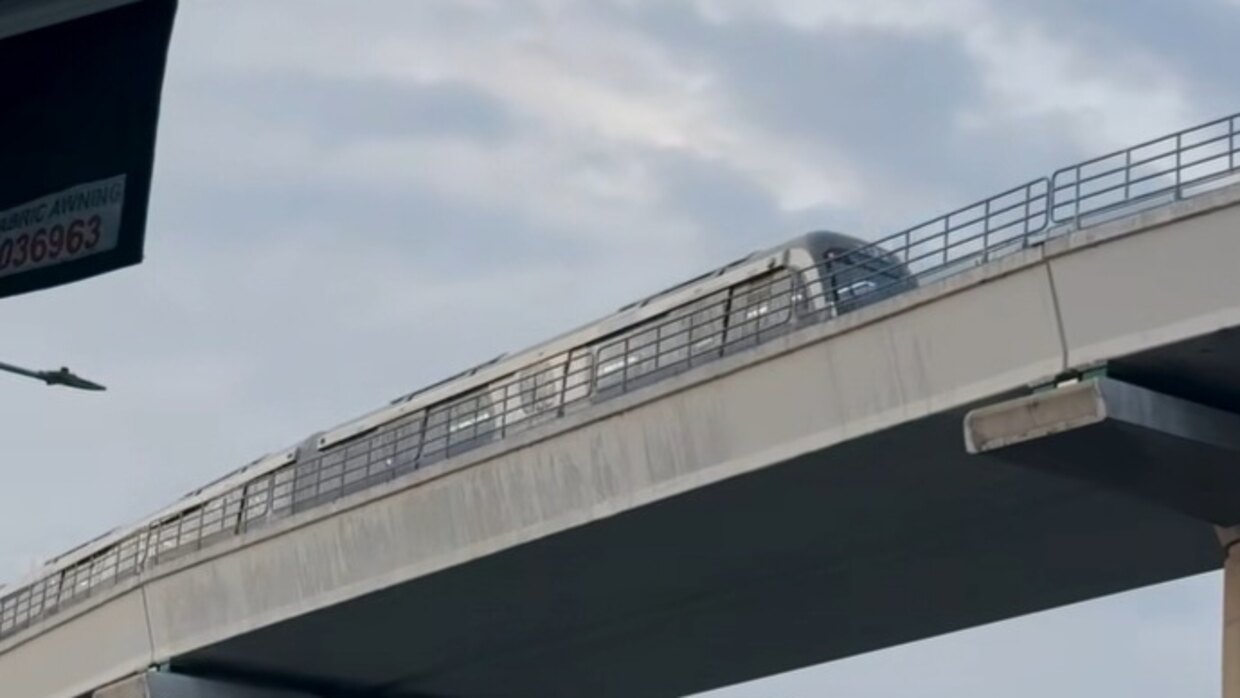
As of early August, construction is 99.21% complete, with full handover to Prasarana expected by 31 July 2025 already achieved. The project’s cost is significantly lower than the RM31.65 billion originally approved in 2015, after revisions and cost optimisations — even with the reinstatement of previously shelved stations adding RM5.3 billion back to the budget.
Modern rail link with strategic interchanges
Spanning 37.8 kilometres, the LRT3 was originally designed with 26 stations when launched in 2016 to serve the western corridor of the Greater Klang Valley. Upon its opening, the line will operate with 20 stations, while 25 permanent stations are currently under construction. Five of these are designated as provisional stations to be activated in future phases.
Two key interchange stations — Bandar Utama (linking with the MRT Kajang Line) and Glenmarie (connecting to the LRT Kelana Jaya Line) — will anchor the network, providing seamless connections to the wider Klang Valley rail system.
Bandar Utama is set to become a high-traffic hub, combining rail transfers with retail access, while Kayu Ara Station will serve the Damansara Utama community, alleviating pressure on busy road corridors.
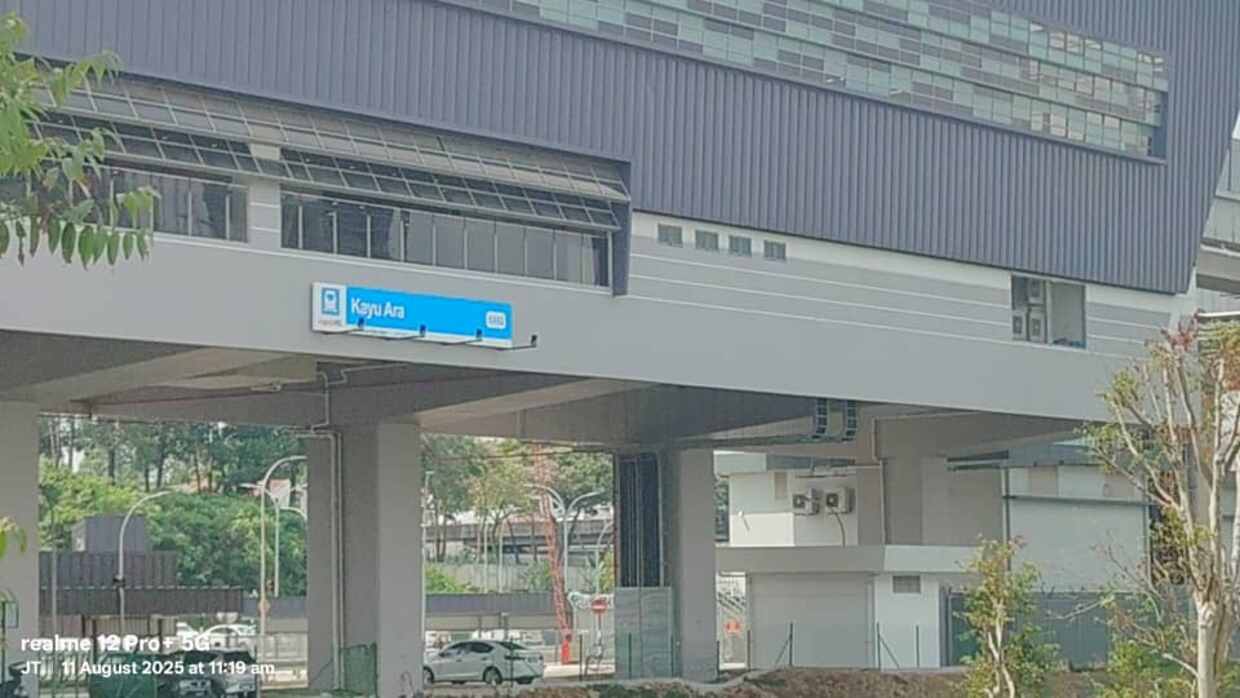
The line incorporates Malaysia’s first U-Trough viaduct system, enabling quieter operations and faster installation through off-site pre-casting. Other commuter-focused features include escalators, lifts, fare gates, retail kiosks, feeder bus services, and more than 2,000 parking bays across six stations.
Expected urban impact
Before passenger services commence, the LRT3 will undergo two distinct trial phases. The first — a Trial Run and Fault-Free Run — was conducted by the main contractor from mid-April to end-June 2025 under Land Public Transport Agency (APAD) supervision. The second — a Trial Operation by Rapid Rail Sdn Bhd — was scheduled for July to August 2025 to simulate real service conditions without passengers.
Final construction and testing works are expected to involve night-time lane closures and minor traffic diversions on Persiaran Bandar Utama, the SPRINT Highway, and nearby service roads, coordinated with local councils and transport regulators.

Once operational, the three-car train sets will be capable of carrying up to 18,630 passengers per hour per direction, reducing reliance on private vehicles and improving connectivity for communities from Petaling Jaya to Klang. Urban planners anticipate a boost in pedestrian activity and ride-hailing demand around station areas, particularly in already dense hubs such as Bandar Utama and Damansara Utama. This will require kerbside management, traffic signal adjustments, and improved pedestrian pathways to accommodate new commuter flows.
While the official opening date remains September 30, the ongoing full-time commissioning tests suggest commuters should prepare for the possibility of a short delay. Regardless of the final start date, the LRT3 is set to reshape mobility patterns and reduce congestion in the western Klang Valley for decades to come.


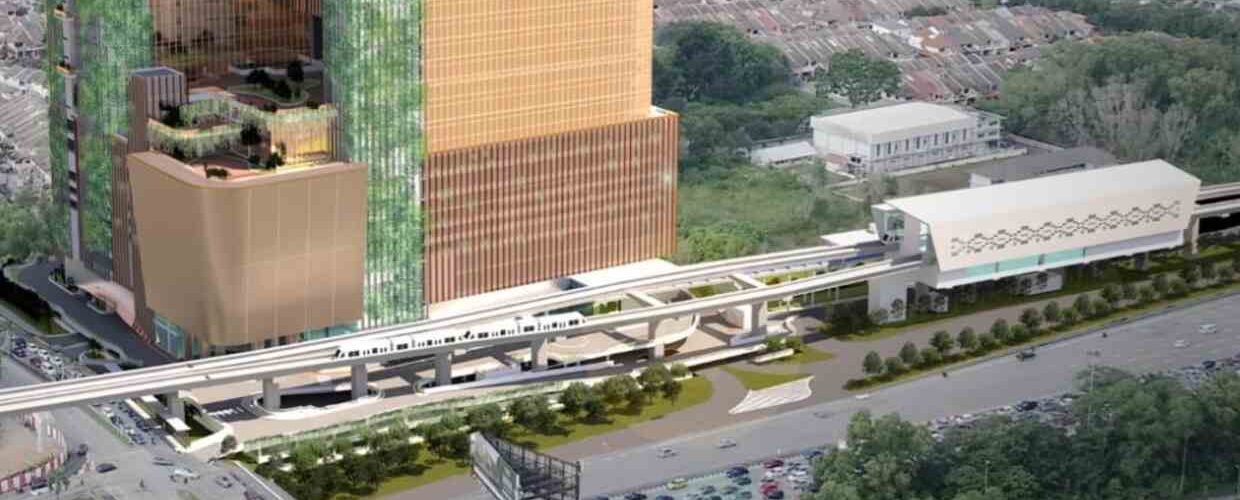



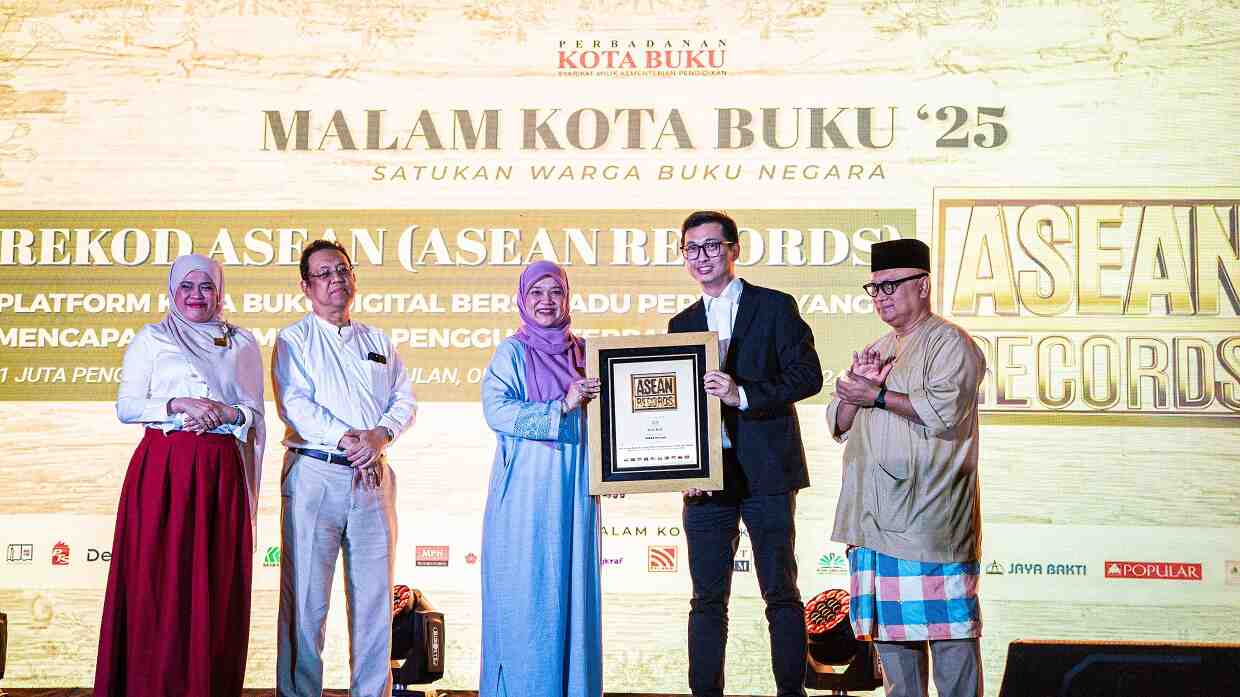


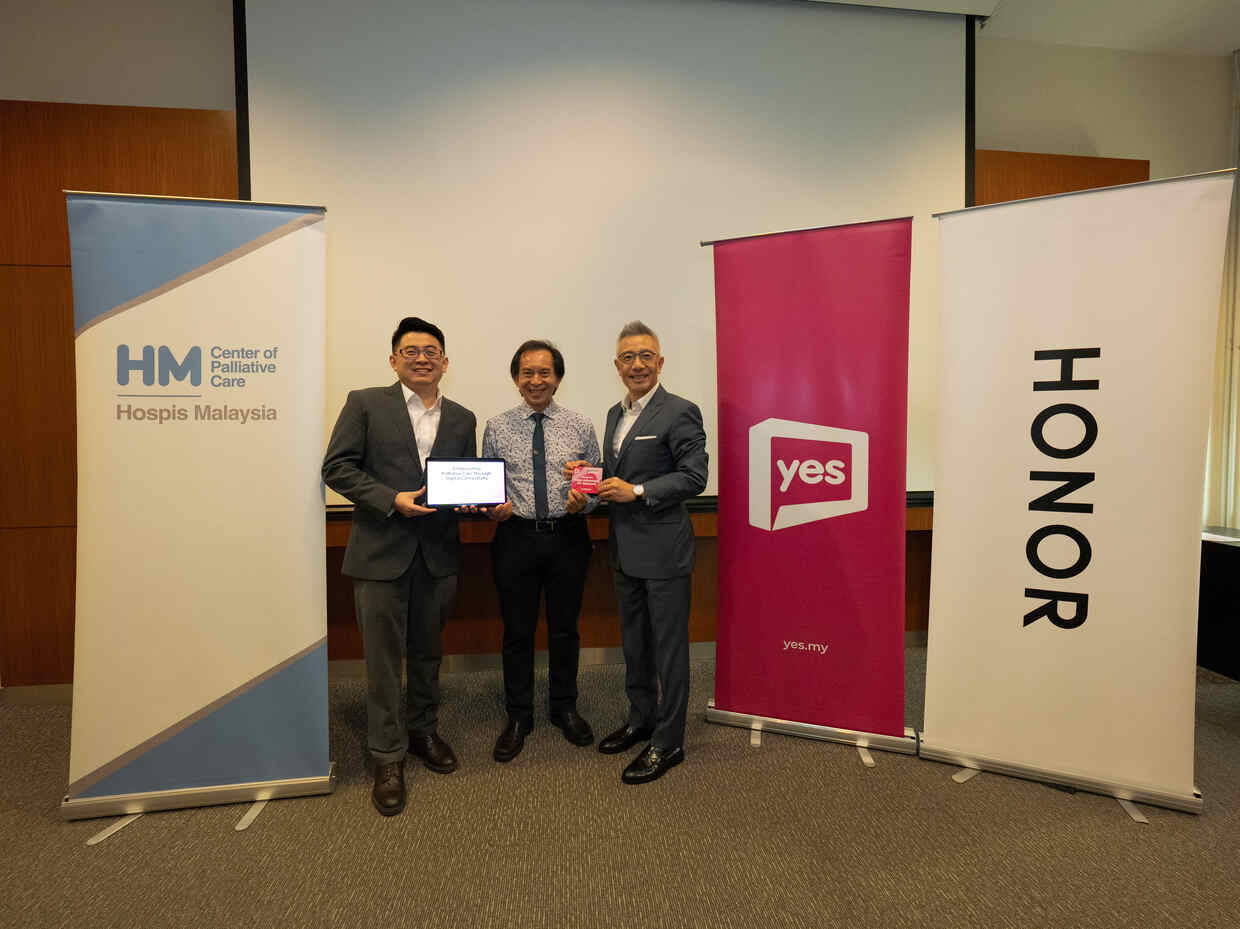
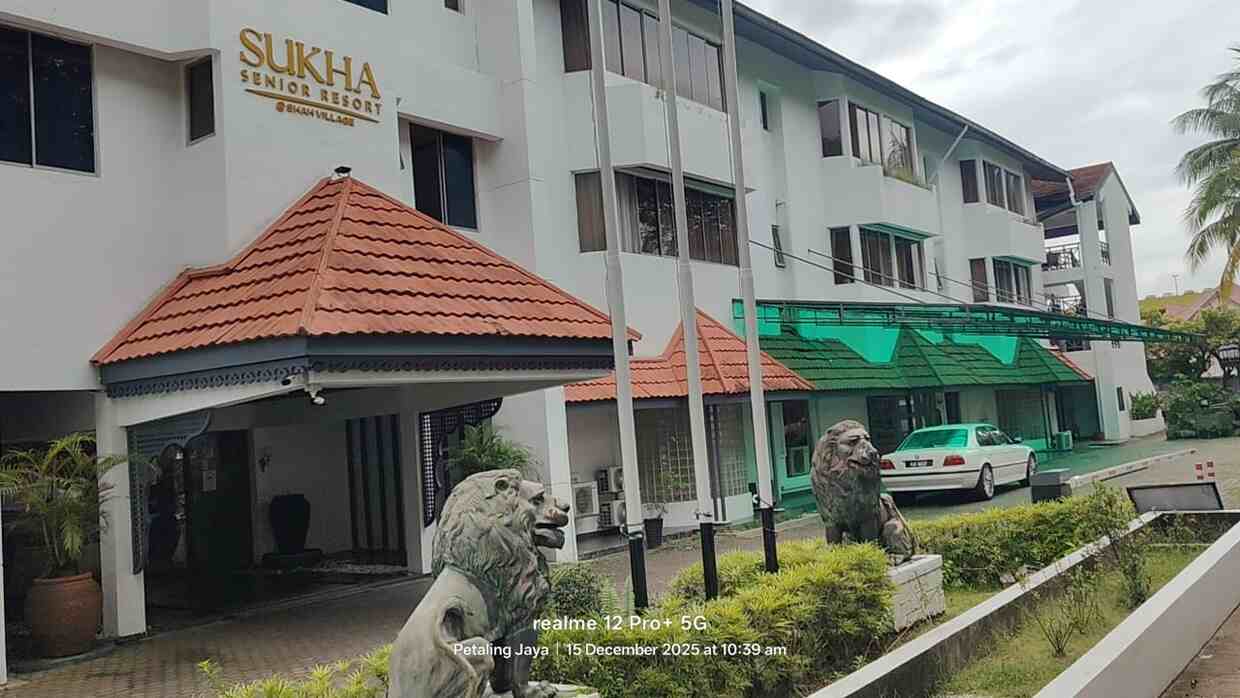

Add comment